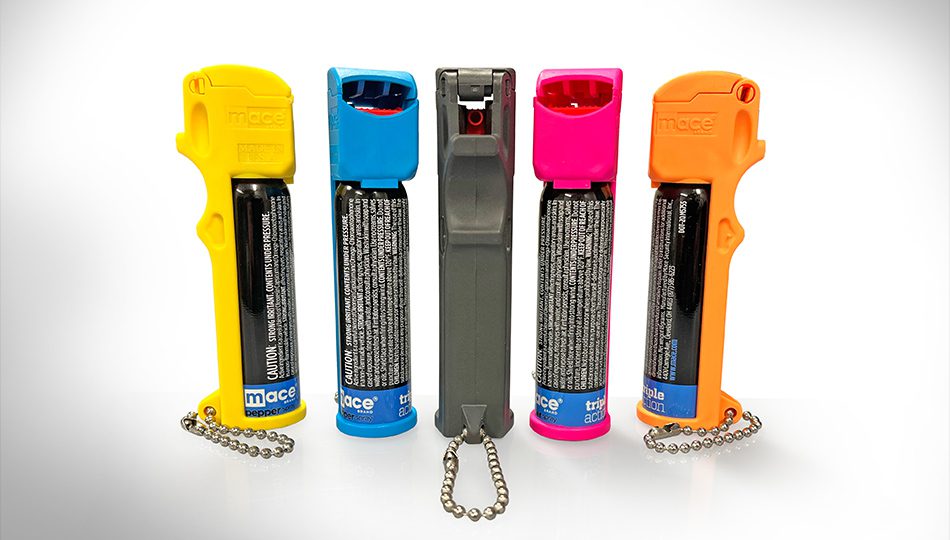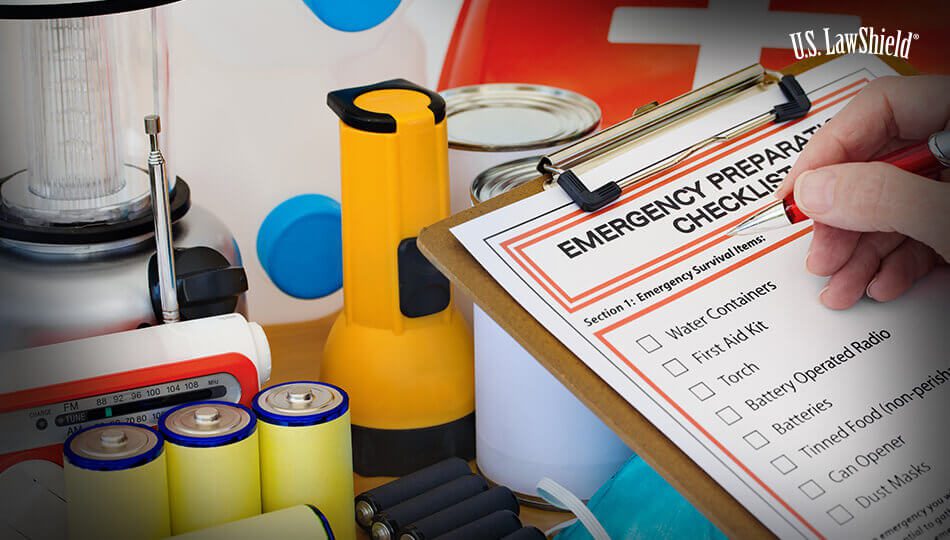Video Transcript.
What is life-threatening massive arterial bleeding?
You encounter a situation where someone is lying in a pool of blood, their clothes are soaked, and blood is pulsating from their arm or leg. This person may have as little as three minutes before they bleed to death and the clock’s ticking. The question is, do you know what to do in this situation?
Well, the first thing you have to do is identify the source of bleeding and stop it as quickly as possible, and the best approach to this is using a commercially available tourniquet, such as the CAT tourniquet. Apply direct pressure to the nearest pressure point until a tourniquet or an improvised tourniquet can be applied.
Unlike what we see in movies, improvised tourniquets, such as belts, shirts, phone cords, and so forth— have a 100% failure rate when you try to apply them in the real world. This is because they do not have a critical feature, the windlass. The windlass is a device, that as you turn it, it creates enough pressure underneath the tourniquet to stop the blood flow and then stop blood loss. Even an improvised tourniquet with a windlass-type feature has a 70% success rate.
A commercially available tourniquet, such as the CAT, is without a doubt your best solution in this situation. Proper tourniquet placement and technique are critical in order to successfully deploy a tourniquet in this type of life-threatening situation.
Unfortunately, improper tourniquet application can result in more blood loss, crushing a nerve, paralysis, or something called Compartment Syndrome, where the muscles blow up, get swollen, and then die. You must do everything you can to stop the bleeding because the average response time for EMS is over 14 minutes (*in rural areas; response times can be higher or lower depending upon the setting), and it only takes three minutes to die and bleed out.
Get certified in our First Aid for Gunshot Wounds Course through the U.S. LawShield 2A Institute. We will teach you not only the proper application of a tourniquet but many other critical life-saving interventions, as well.
So take the initiative. Pursue the knowledge. Learn the skills necessary to keep yourself and those around you alive.





GUN SHOT TO THE TIBIA AND THE HOSPITAL STILL CAUSED COMPARTMENT SYNDROME.SERIOUS STUFF